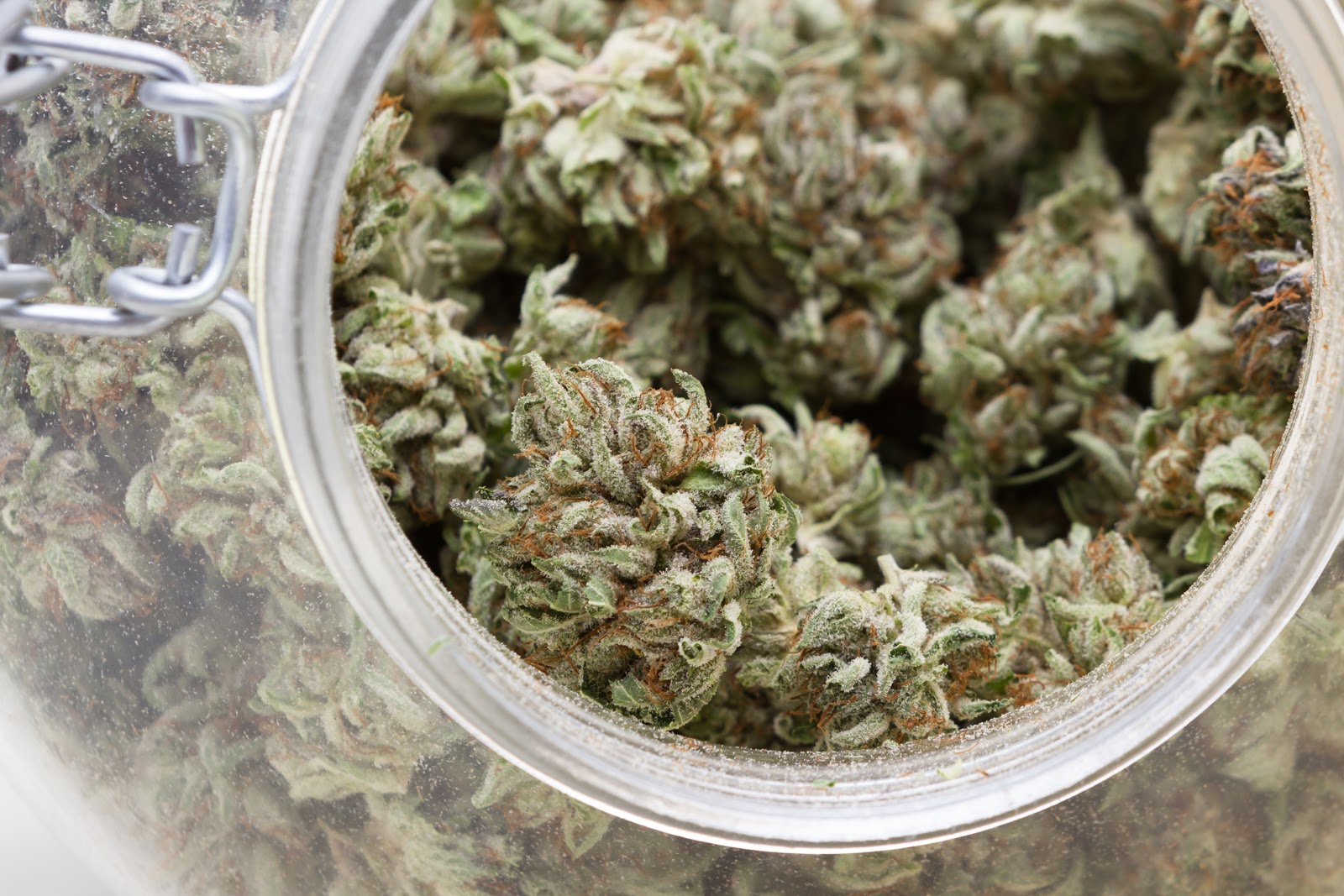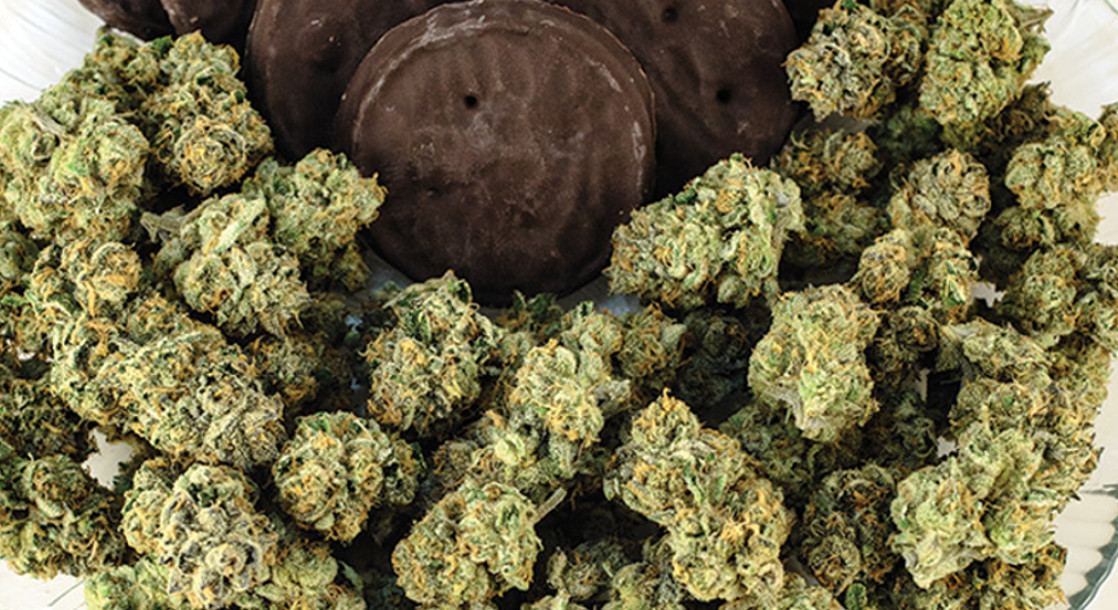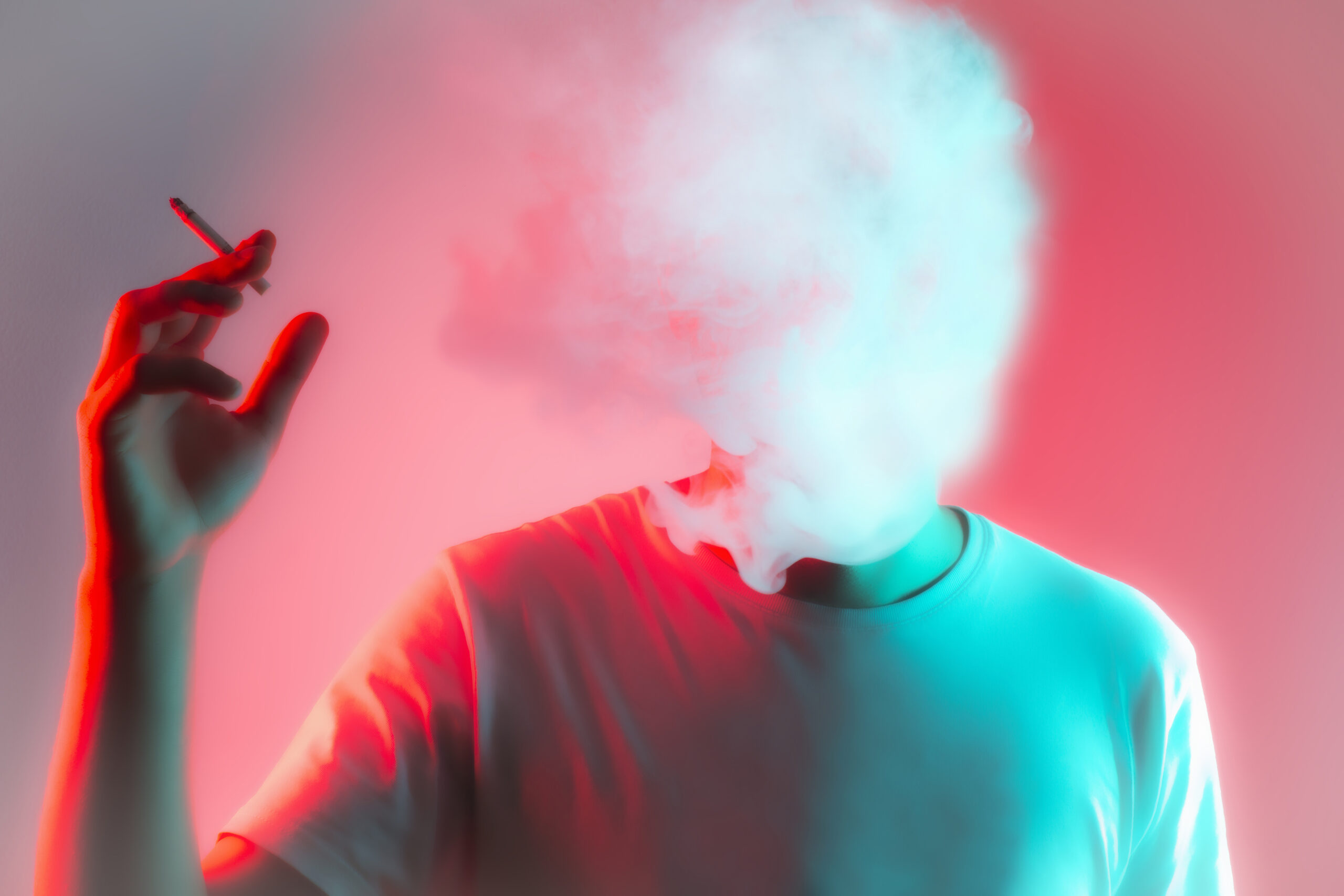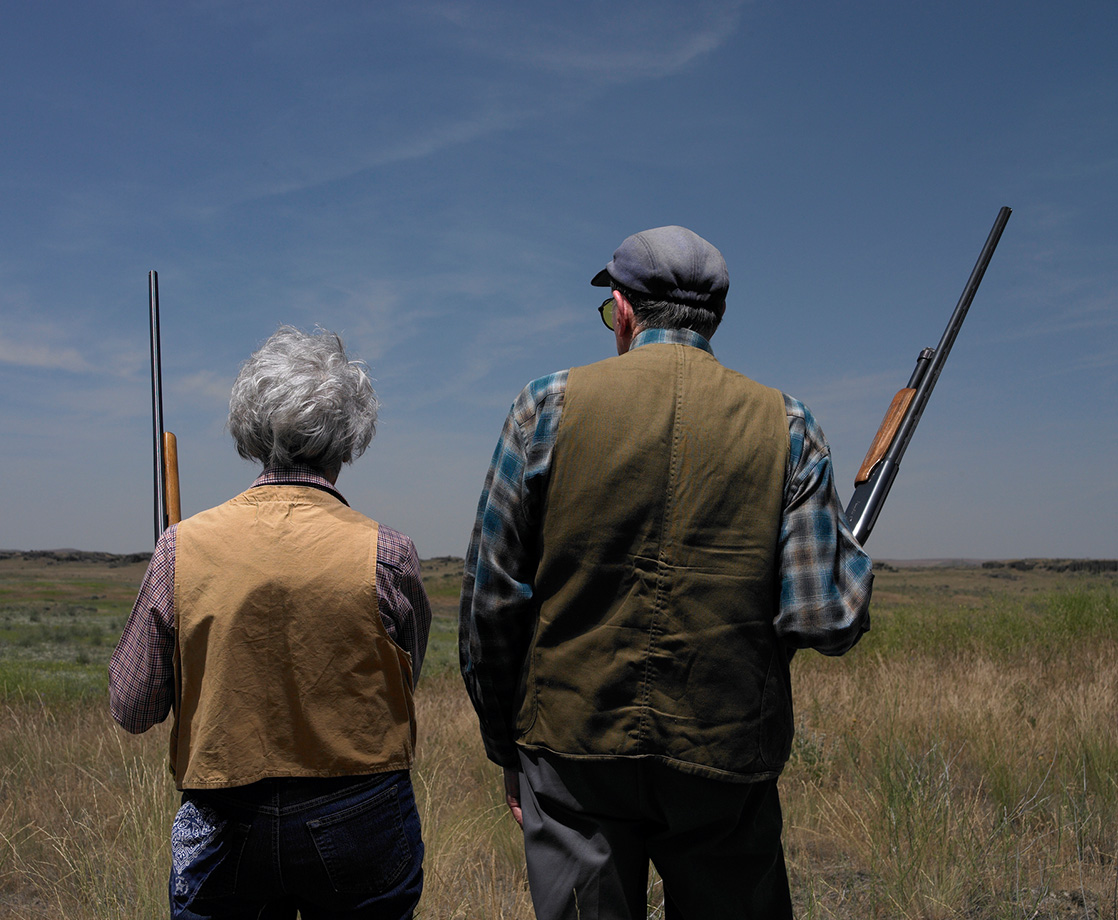When you picture Russia, you probably think of the former Soviet Union, nesting dolls and huge bottles of vodka (okay, and maybe Putin in a fur hat riding a shark). But now, you can add a new item to this list: a native species of cannabis known as cannabis ruderalis.
This type of cannabis is just starting to grow in popularity in the industry. What makes it unique, though, is also likely responsible for its unpopularity with most cannabis users: it won’t give you a psychoactive high due to it’s low levels of THC and high levels of CBD. While it may not be a widely popular form of recreational marijuana, ruderalis is physically unique, making it an intriguing herb for consumers and medical professionals alike. In fact, the chemical breakdown of its components show that it may be one of the best suited species of cannabis for medicinal use due, in part, to the fact that CBD strains are non-psychoactive.
Physical Characteristics
The ruderalis is to the cannabis family what Charlie Brown’s Christmas tree is to pine trees. The more popular cannabis sativa and cannabis indica are taller and fuller plants, making ruderalis aesthetically unappealing in comparison. Growing to an average of two feet, this species of cannabis would be a good thing to grow in small spaces or if you don’t want it to tower over everything surrounding it. The leaves are much narrower than the average marijuana plant and it has a very small amount of flowers and side branches, making the overall yield quite low. It’s not a plant you want you’d want to take a picture of and boast about on social media; granted, there are legal reasons why you wouldn’t want to do this anyways. It may not be beautiful to cannabis crop traditionalists, but it does have other notable benefits.
Autoflowering
While the plant may be unimpressive physically, the attention to cannabis ruderalis is fixated around autoflowering. This species originated far north of the Equator, where light cycles are limited and constantly changing. In order to adapt to the environment, the plant had to develop the ability to autoflower. Autoflowering is a characteristic that allows the plant to manage its own intake of light and dark throughout the year in order to flower in a controlled manner. This protects it from unpredictable seasonal changes and the accompanying dangers. Essentially, this means that the plant will thrive outdoors. Because of this characteristic, outdoor growers are using it to create hybrids that are able adapt to drastic and unforeseen changes in their environments. By using only a small percentage of the ruderalis in their hybrids, growers can capitalize on the genetic benefits while minimizing the inheritance of low yield and no psychoactive effects.
Low in THC, High in CBD
While the plant may not interest many—if any—recreational users, the lack of THC and high volume of CBD in cannabis ruderalis allows users to reap the medical benefits without experiencing the high that comes with conventional marijuana consumption. Users have been particularly satisfied with the medical benefits from indica-dominant hybrid strains with heavy ruderalis influence. It’s perfect for those who may be attracted to the medical benefits of the plant, but are deterred from using it due to its high-inducing effects. Cannabis ruderalis virtually eliminates the high that THC usually gives a medicinal user. This means that medicinal marijuana may be able to progress and detach itself from the “stoner” stigma that comes along with the prescription.
If Charlie Brown taught us anything, it’s that even the smallest of trees—or in this case buds— still have a lot to offer. While ruderalis may be physically unappealing in comparison to the taller, fuller species, the genetic makeup of the plant has benefits that far outweigh the aesthetics. From autoflowering to its added medicinal value, cannabis ruderalis is a species that deserves a spotlight in marijuana culture, specifically in the growing and medicinal sectors.











